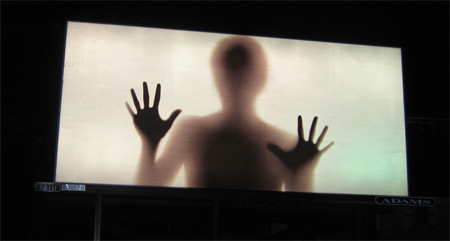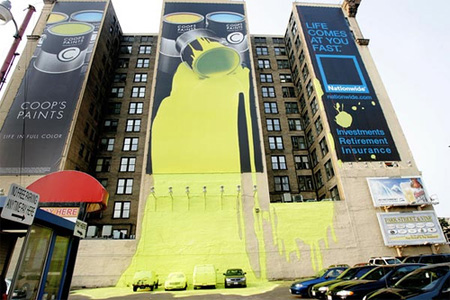This print process is for printing on 3D objects. Taking something from 2D to 3D. Examples of this are: mugs, pens, calculators etc.
We looked into the industrial side of screen printing which I never knew was possible until i saw it. The whole process can be automated. They use this technique on inflatables, which tend to be printed on a flat surface and then stitched together.
This is the technique that i am most used to. Computer to print. There is a specific software used called 'RIP' rasta image processor, it's machine specific software and its what makes the images good. The ink is stickier and tend to sit on the top of the substrate. Today this technique produces very good quality images and it makes small jobs viable and its very cost effective.





Today we had a workshop on print. To be honest i never gave thought to mass produced print and how complex it is. I now realise how important it is and what it means to me as a graphic designer. We learnt a variety of different technical terms, and i found it really interesting. this is defiantly something i want to master by the end of the year. We learnt a variety of technical terms, and over the next few posts im going to look into them more specifically to help my understanding.


